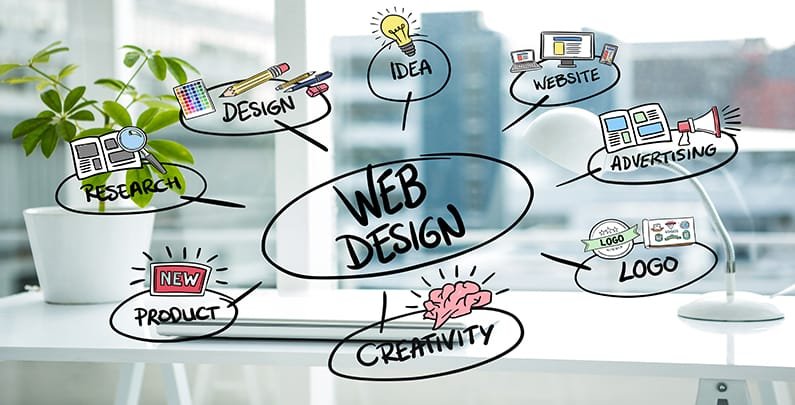16Aug
Ecommerce Website Services
E-commerce has revolutionized the way businesses and consumers interact, providing a convenient and efficient platform for conducting business.
- Online Stores: These are websites or platforms where businesses showcase their products and services, allowing customers to browse, select, and purchase items online.
- Digital Marketplaces: Marketplaces are online platforms that bring together multiple sellers and buyers. Examples include Amazon, eBay, and Etsy, where various businesses can list their products for sale, and customers can choose from a wide range of options.
- Electronic Payments: E-commerce relies on secure electronic payment methods to facilitate transactions. This includes credit/debit cards, digital wallets, online banking, and other online payment gateways.
- Mobile Commerce (M-commerce): As mentioned earlier, M-commerce refers to e-commerce transactions conducted through mobile devices like smartphones and tablets.
- Supply Chain Management: E-commerce involves various processes, including inventory management, order processing, and shipping logistics, which need to be efficiently managed to fulfill customer orders.
- Digital Marketing: E-commerce businesses often employ digital marketing strategies such as search engine optimization (SEO), social media marketing, email marketing, and pay-per-click (PPC) advertising to attract potential customers to their online stores.
- Customer Service: Good customer service is essential for e-commerce businesses to provide assistance, address queries, handle returns, and ensure customer satisfaction.





